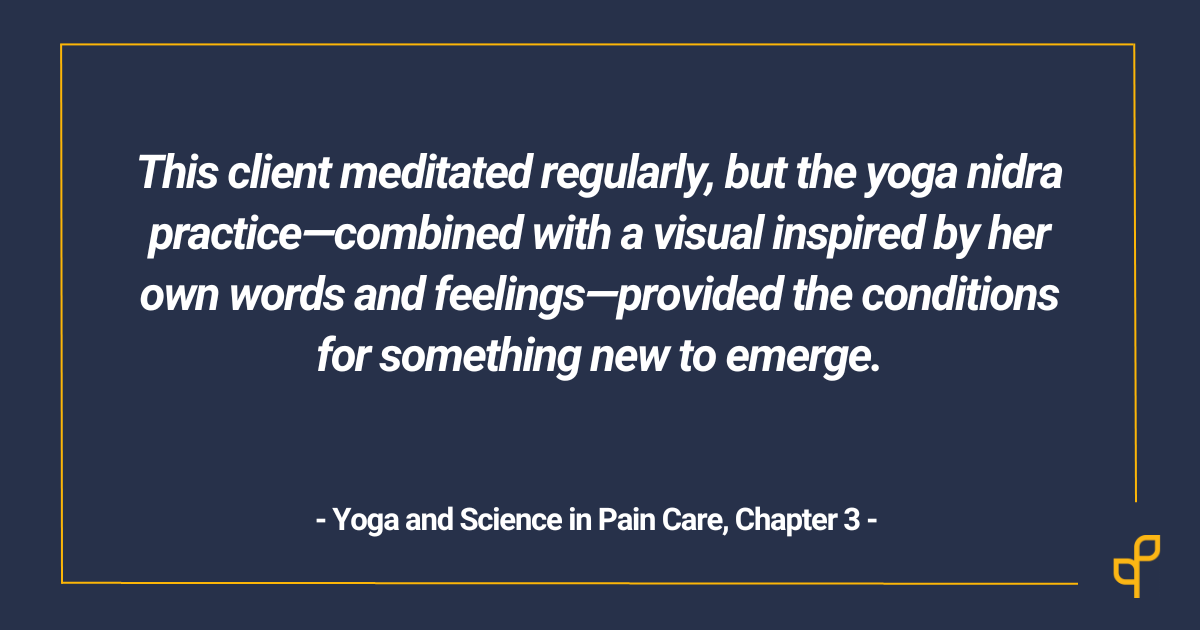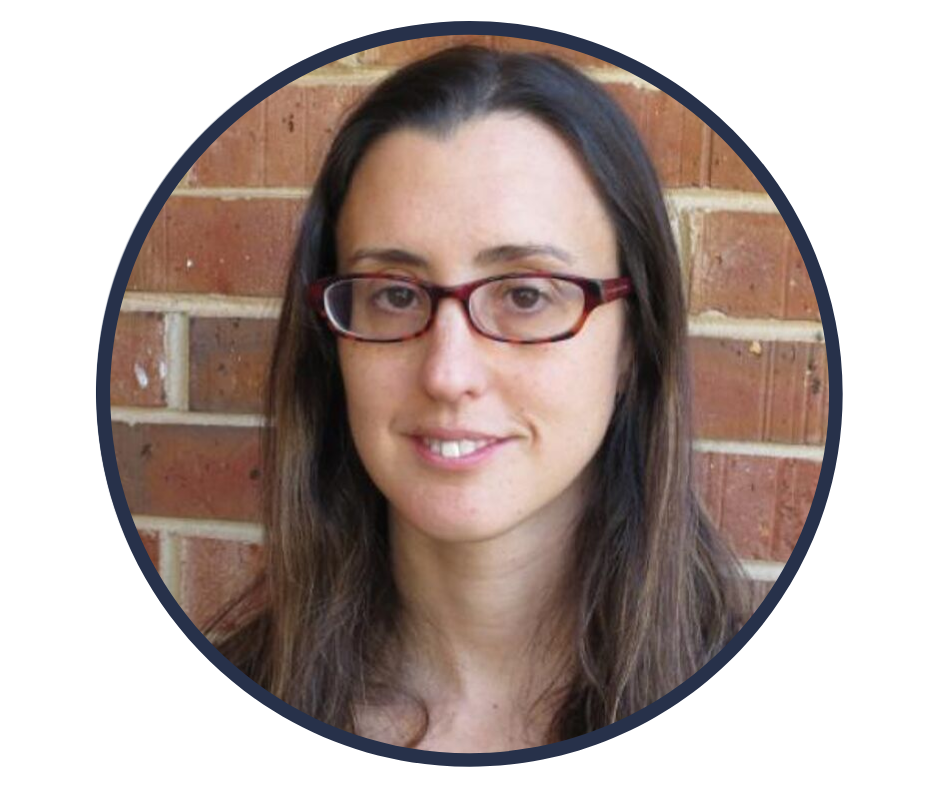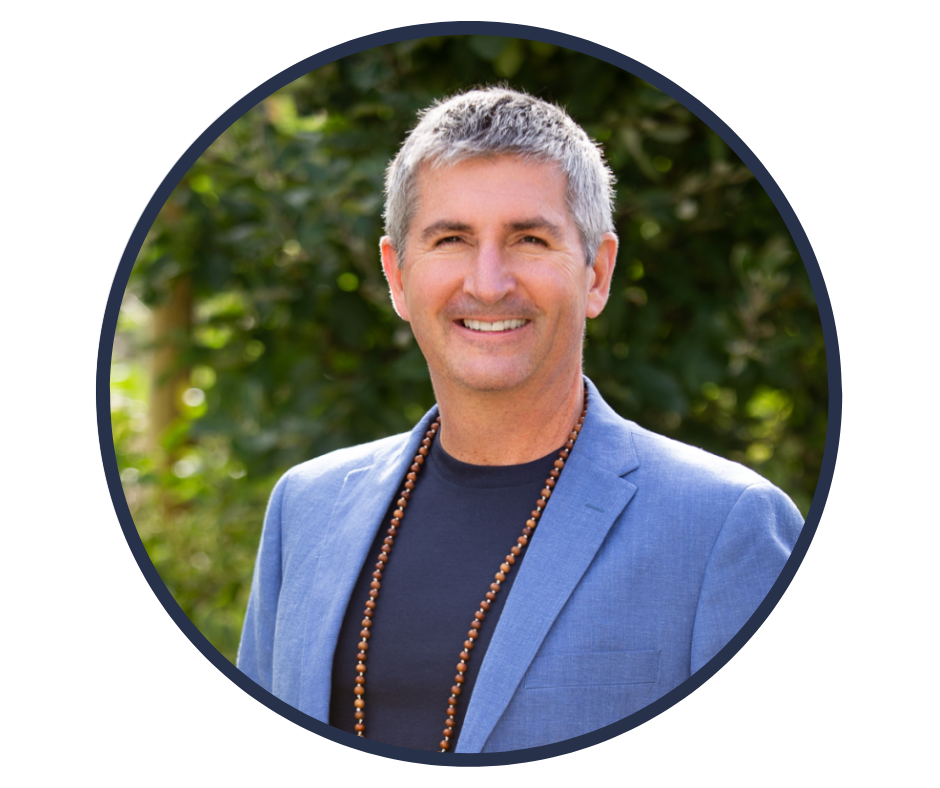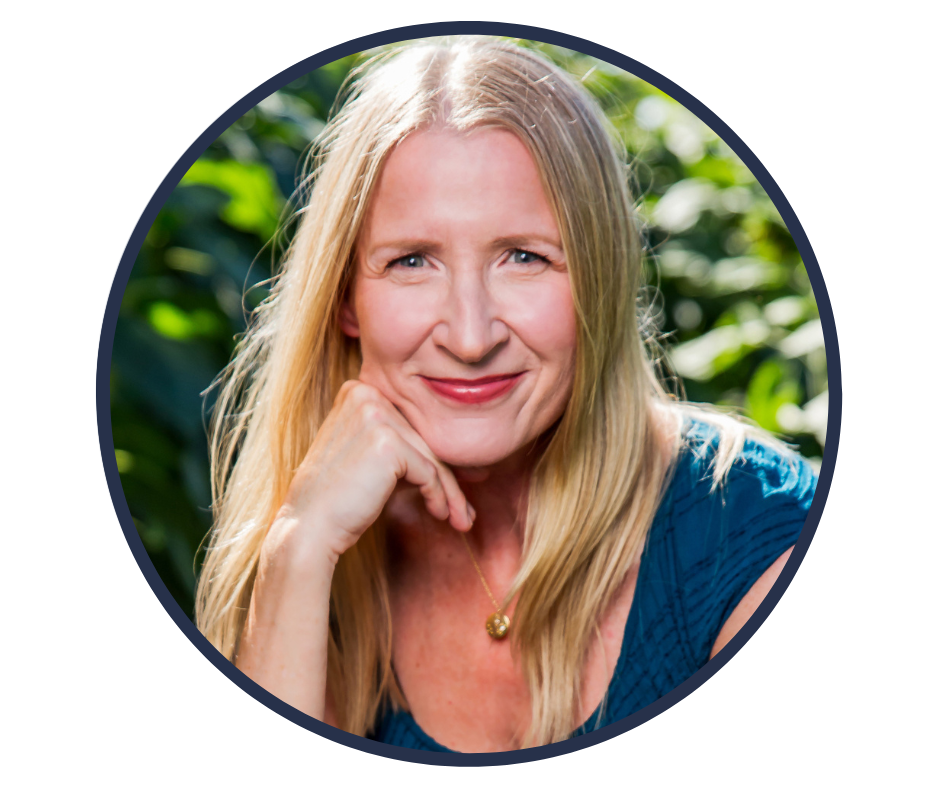Yoga and Science in Pain Care - Embodying Humility and a Beginner’s Mind
By: Susie Weigel, MS, MEd, C-IAYT, E-RYT & YACEP ∙ Estimated reading time: 5 minutes
By: Susie Weigel, MS, MEd, C-IAYT, E-RYT & YACEP ∙ Estimated reading time: 5 minutes

This is the 3rd blog post in a series based on the Yoga and Science in Pain Care Book Club, a 15-part course based on the book of the same title, by Neil Pearson, Shelly Prosko, and Marlysa Sullivan. You can find the blogs corresponding to Chapter 1 and Chapter 2.
Introduction - Yoga and Science in Pain Care Chapter 3
An individual’s experience of pain is as unique as their combined DNA and lived experience.
As we practitioners endeavor to help clients alleviate suffering, we bring our own uniqueness to an ever-dynamic equation.
Like pain itself, pain care—while evidence-informed—is in flux and organic and mindful of the present yet shaped by past experiences and future goals for clients and practitioners alike.
In this chapter, “The Current State(s) and Theor(y)ies on Pain Management (sic)” and its corresponding online course, Matthew J Taylor sets the stage for the multidimensional aspects of pain and pain care discussed in subsequent chapters of Yoga and Science in Pain Care: Treating the Person in Pain (Pearson et al., 2019).
To provide context and help us reader-practitioners better understand the history of pain theories, Taylor correlates them to 4 levels of consciousness:
- Magical
- Rational/reductionist/materialism
- Postmodern/constructivism, and
- Integral
He then organizes these correlations in a table:
The lines in Table 3.1 below are tidy for clarity’s sake, but in practice the categories are often blurred and subject to hopscotching.

Yoga and the Biopsychosocial Model
Yoga therapists ideally embody the integral level/biopsychosocial (sic) model, which includes the prior three levels in varying degrees.
Like the author in Chapter 3 of Yoga and Science in Pain Care, I cheekily include the parenthetical “sic” here; in this case to hint that “biopsychosocial” might be made more whole with the addition of “spiritual” to better reflect its connection to the earliest level (magical), which is characterized by a sense of “childlike” wonderment/awe—the very wonderment/awe we hope clients may experience and which fosters curiosity and creativity.
From an integral lens, there is interconnectedness between levels of consciousness/pain theories much like there is interconnectedness between a person’s sense of well-being and the present and past states of their bodies, breath, emotions, thoughts, sense of discernment and connection (to Self/others/awe).
Taylor suggests practitioners cultivate awareness of the fluctuating levels of consciousness that inform their practice and asserts that this awareness—together with humility, patience, curiosity, and creativity—are paramount to the emergence of new possibilities in pain care for both clients and practitioners.
This both…and mindset gets us closer to the integral/biopsychosocial-spiritual (or, everything is connected but with varying degrees of influence) perspective.
Humility is Key
Humility is key. Without it, we are unable to relate to clients in a compassionate and open-minded way.
Without it, a beginner’s mind eludes us.
Without it, we are unable to view ourselves and our clients in a broader, more dynamic context.
Without it, we risk approaching clinical situations with the assumption that we are solution-bearers, and our resulting arrogance negates the curiosity necessary to foster collaborative creativity in partnership with clients.

And that is our goal as yoga therapists: a creative partnership with clients—one that fosters curiosity and self-discovery.
We provide a safe environment to explore what works and what doesn’t. This is not at all to say we should “just wing it.” Careful review of client intake forms and research/best practices for clients’ presenting conditions is paramount, but perhaps we should resist overpreparing/detailed planning for each session. Doing so may be more about our need for control/sense of security (ego) than it is about clients’ healing, and in doing so we risk allowing the plan rather than the person (in their present state) to set the tone and pace. As emphasized in the Yoga and Science in Pain Care Chapter 3 course, an integral approach begs that we meet clients where they are. If we lose sight of active listening as a guiding force, we may inadvertently veer away from the integral approach toward a more rational/reductionist, or “fix-it” approach.
This is why awareness of our own experience with shifting consciousness for ourselves and our clients is crucial.
Practical Applications
The online course Q & A offers practical applications for how to both acknowledge our own state—especially when faced with uncertainty (our best-laid plans don’t work)—and help clients uplevel in relationship to their pain/pain narrative.
When we get stumped, we should self-check our experience of our stuck-ness (breath, heart rate, emotional shifts, etc.), then admit our uncertainty with humility and humor, and offer a few options to explore together. The client can choose an option that best suits them. And when a client seems stuck in a rational/reductionist view of their pain, we offer “an experience that confounds their story.”
What does that look like?
It depends. But, as Taylor suggests, it might be as simple as an experience of deep relaxation.
This resonates with my clinical experience so far: clients with varying diagnoses have found surprising and profound comfort, connection, and relief from a thorough body scan—sometimes followed by an adapted yoga nidra or meditation.
For some, I incorporate a soothing scene inspired by the client’s unique connections (to nature, loved ones, beloved pets, art, etc.). After a yoga nidra experience at the end of a recent session, the client whispered: “that was divine.” Indeed.
Magical, even.
This client meditated regularly, but the yoga nidra practice—combined with a visual inspired by her own words and feelings—provided the conditions for something new to emerge.

Emergence.
Not emergency, although my heart rate did climb to a worrisome rate as I digested the lively course discussion.
It is part of the integral model and is exemplified by the above yoga nidra client. Emergence occurs when “new conditions (possibles) enable the emergence of new actuals but do not in fact cause them” (Pearson et al., 2019, p. 65). By engaging in something new, a new reality may arise. Only in writing this blog did I fully comprehend the relatability of my own example to the concept of emergence.
Portending Pluralities in Pain Practice
In closing, some tips for navigating this integral field of portending pluralities:
- Stay dedicated to personal practice.
- Accept uncertainty as an opportunity for new conditions to arise.
- Be wary of being stuck in a silo of specialization.
- Embody a “together with” clinical mindset.
- Recognize that new and old are relative. Life (including consciousness and pain theories) is fluid. Acknowledging this ensures flexibility and humility.
- Remember playfulness and humor alleviate suffering, too.
Click here to learn more about Chapter 3
of Yoga and Science in Pain Care
or
Click here to view the complete series
Resources
- Book: Yoga and Science in Pain Care: Treating the Person in Pain (Pearson et al., 2019)
- Online Course: Yoga and Science in Pain Care Chapter 3 - The Current State(s) and Theories on Pain Management
---
Date published: 12 June 2023
Last update: 09 December 2025

MS, MEd, C-IAYT, E-RYT & YACEP
Susie Weigel (MS, MEd, C-IAYT, E-RYT & YACEP) holds a Master of Science in Yoga Therapy. She is the owner of Transform Yoga & Wellness in Opelika, Alabama where she practices yoga therapy and teaches small group classes.
Prior to pursuing yoga therapy, Susie was a secondary and post-secondary educator in Alabama. Her teaching experience sparked in her a desire to share the transformative power of yoga with underserved populations in her community. Her experience includes working with seniors, athletes, food-insecure families, individuals in addiction recovery, special needs youth, and system-impacted women and correctional staff.

MPT, C-IAYT
Marlysa is a physiotherapist and yoga therapist with over 15 years of experience working with people suffering with chronic pain conditions. She is an Assistant Professor in Yoga Therapy and Integrative Health Sciences at Maryland University of Integrative Health and holds an adjunct position at Emory University, where she teaches the integration of yoga and mindfulness into physical therapy practice in the DPT program. She is also the author of Understanding Yoga Therapy: Applied Philosophy and Science for Well-being and co-editor of Yoga and Science in Pain Care: Treating the Person in Pain as well as several peer-reviewed articles.
Marlysa has been involved in the professionalization of the field of yoga therapy through the educational standards committee of IAYT, which helped to define the competencies for the field, and in characterizing the yoga therapy workforce through research. Her research interests focus on defining the framework and explanatory model for yoga therapy based on philosophical and neurophysiological perspectives.

PT, MSc(RHBS), BA-BPHE, C-IAYT, ERYT500
Neil is a physical therapist, yoga therapist, author, researcher, Clinical Associate Professor at the University of British Columbia, faculty in three IAYT-accredited yoga therapy programs, board member for the International Association of Yoga Therapists and pain care advocate. He conducts research into the effects of yoga on veterans with chronic pain and people with osteoarthritis. Neil is the recipient of awards honouring his work in pain care, patient education and physiotherapy by Queen’s University, the Canadian Pain Society and both provincial and national physiotherapy associations, including the Canadian 2021 Medal of Distinction.
Neil is a consultant to Partners in Canadian Veterans Rehabilitation Services, and to Lifemark’s 300+ clinics in Canada. Neil is a past board member for Pain BC, Canada’s premier non-profit transforming the way pain is understood and treated. He co-authored – Yoga and Science in Pain Care 2019, authored the patient education ebook, Understand Pain Live Well Again in 2008, and is lead contributor to many free patient resources offer by Pain BC.
For more information and course offerings, see www.paincareaware.com

PT, PhD, C-IAYT

PT, C-IAYT, PCAYT
Shelly has been helping people recover and flourish since 1998 as a physiotherapist, yoga therapist, educator, author and pioneer of PhysioYoga, blending evidence-informed body-mind-breath-spirit-heart centered practices and principles, such as yoga, into physiotherapy with a focus on chronic pain, pelvic health, compassion in healthcare and professional burnout. She is on faculty at several therapy programs, presents at medical conferences globally, contributes to academic research and writing, provides classes, courses and resources for the general population, and offers continuing education courses and mentorship for professionals.
She considers herself a lifelong student and emphasizes the immense value gained from clinical experience and learning from those she serves, the professionals she teaches, and the colleagues with which she collaborates.
Shelly is the co-editor/author of the book Yoga and Science in Pain Care: Treating the Person in Pain and has authored numerous book chapters in a variety of rehabilitation textbooks.
She maintains a clinical practice in Sylvan Lake, Alberta and believes compassion (including self-compassion), meaningful connections, spending time in nature and sharing joy are powerful contributors to rehab and well-being.
Visit www.PhysioYoga.ca to learn more.